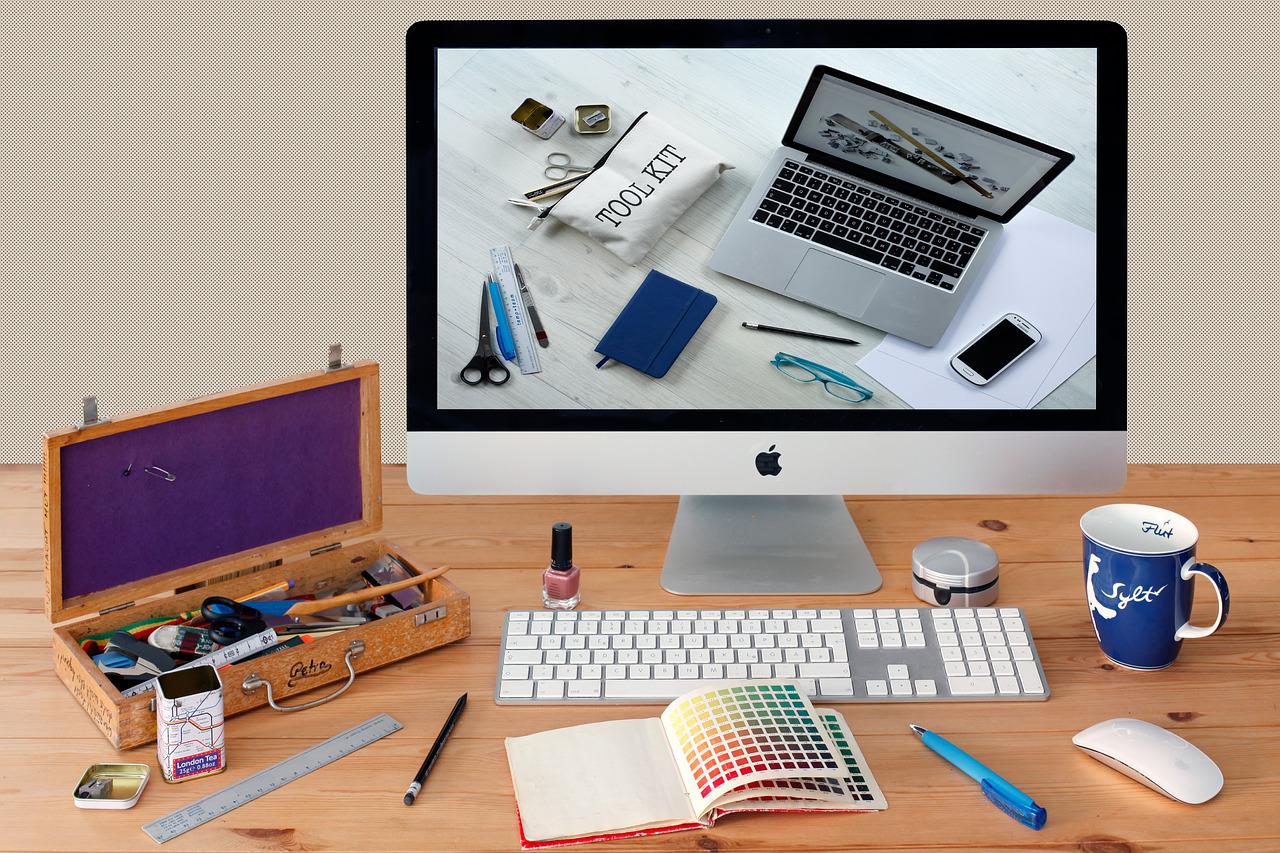Graphic Designers
How important is design to creating a logo, poster, website or any other design?
Introduction
What exactly is design? Design has been defined in many ways, from the art of applying color to a plan or convention for the construction of an object, system or measurable human interaction (as in social institutions), designed to achieve a particular function to an iconic or emblematic visual representation of something. Designers are artists who create objects and interfaces that are both useful and beautiful, so design really plays an important role in everyday life and in marketing campaigns.

Design draws attention
Logo, presentation and print design all draw attention to products and services and can help shape our opinion. For example, as much as people hate advertising, it’s hard not to notice those provocative magazine ads for movies—the ones where you wonder how on earth they got away with such an outrageous image. It’s hard not to see these images; they stand out from their surroundings. Design has power because it draws attention.
Design sparks emotions
Design adds an extra layer of feeling to whatever it’s applied to. This doesn’t just extend from logo design, web design and book cover designs. If you’re creating a presentation for your marketing team about how you can use video within your business, consider using engaging visuals—like videos—and creative typography. Design will help make your ideas stick out from those who don’t understand its importance. Your audience may thank you in more ways than one!
Don’t be afraid to try out new concepts
More and more companies are creating logos and designs that not only reflect their brands, but transcend them. Of course, there’s nothing wrong with designing your logo on an envelope flap or having it printed on your business cards; we’re talking about going above and beyond here. A huge part of designing for print has to do with presentation—for example, all designers want their work to look its best on paper as well as onscreen.


Keep it simple!
Effective graphic design should follow one simple principle: Keep it simple. When creating a presentation design, print design, book cover, fashion design or web design you should ask yourself if your idea can be communicated as effectively in three colors as five. Think about how much of your company’s brand identity and communication relies on fonts and word choice; if not much at all (aside from perhaps business cards), then go for more color and complexity. The ultimate goal of effective graphic designs is to convey an idea clearly.
Understand your goals with your design
Your graphic designer will be working with you throughout your project, so it’s crucial that you understand their goals as well. You need to make sure they understand what vision and message you want to get across with your design. Once everyone is on board and aligned on your goals for your project, it’s much easier for everyone involved in designing it to work together and communicate about how your designs are developing.
Colour speaks volumes
To say that colour says it all when it comes to good web design would be quite cliche—but many studies have shown how different colours affect our moods and can elicit different reactions. Yellow/orange and red tends to stimulate appetite, while purple/blue tend to promote feelings of warmth. That being said, let’s look at several of today’s most popular colour schemes: Black & Grey: This combination generates a professional look and is usually used in designs meant for corporate businesses.
If it looks good, it is good!
Ever wonder why fashion designers are famous and rich? It’s because they know how to make something look good. Sure, you could tell me that diamonds are just carbon and therefore aren’t valuable. But I don’t care about their atomic structure – all I see is these beautiful gems sparkling in front of me. Diamonds are valuable not because of their composition but because of their presentation. Presentation makes all the difference!
What you do speaks louder than what you say
It’s never been more true that a picture speaks a thousand words. Design influences first impressions and therefore your ability to convey ideas. This can be seen most easily in logos and presentation slides, but applies just as much in web pages, advertisements and YouTube videos. You needn’t be an expert designer—but it is critical you at least present your brand professionally and with care. After all, everything from presentation design to company messaging relies on how you present yourself: what exactly are you saying about yourself? Your message isn’t just heard through your marketing materials; it’s seen too.


